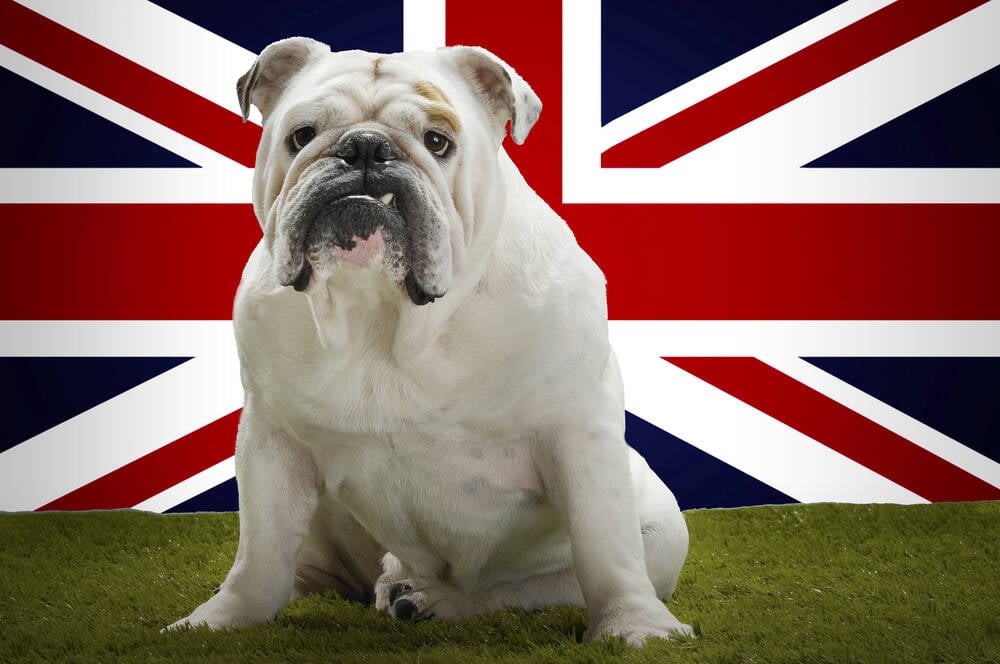The UK’s competition watchdog sniffed around the AI industry with a bit more interest than usual on Thursday at an antitrust event in the US.
Speaking at the 72nd Antitrust Law Spring Meeting in Washington, DC, Sarah Cardell, CEO of the UK Competition and Markets Authority, discussed “growing concerns” that the web of connected partnerships between AI technology companies may hinder competition.
“I think it’s fair to say that when we started this work, we were curious,” said Cardell. “Now, with a deeper understanding and watching developments very closely, we have real concerns.”
It’s really important to get news like this out, because backdoor cartel-style deals between big companies is basically accepted business practice now. Companies don’t charge what things cost to provide, or what it takes to make a reasonable profit - they charge what they can get away with and if that means collaborating with “competitors” then that’s not an issue.
Indeed. There’s another recent article on The Register looking at Amazon and AI, they’re developing AI, creating tools help others train AIs and supplying the cloud infrastructure to do it - it’s all a very complicated set of intertwined interests that’s going to be hard to unpick:
Amazon, for its part, has partnered closely with AI startups, including a $4 billion investment in Anthropic, the model builder behind Claude.
At the top of Jassy’s generative AI stack are off-the-shelf applications and services. These are apps like Amazon’s Q code assistant, which debuted last fall, as well as internal applications designed to drive sales.
“We’re building a substantial number of GenAI applications across every Amazon customer business. These range from Rufus — our new AI-powered shopping assistant — to an even more intelligent and capable Alexa, to advertising capabilities,” he said.
While Amazon will continue to develop these kinds of AI tools, Jassy expects most generative AI apps will ultimately be built by others.
“These AWS services, at all three layers of the stack, comprise a set of primitives that democratize this next seminal phase of AI, and will empower internal and external builders to transform virtually every customer experience that we know,” he said.
It’s probably not a surprise that a lot of the biggest companies in the world have their fingers in the AI pie (Nvidia gets a mention in that article too).
AI is about to become a necessity for basically every industry. It’s to be expected that those on top are making sure they stay on top. I can’t even really fault them for it (although I do fault how greedily they go about it), but I also want government intervention to protect citizens from it. “It” being unethical/harmful business practices.
That’s nothing new, that’s the very basis of how a firm works out how to price an item or service, at the maximum price the market will bear. It has been this way since the year dot.
Collaborating with “competitors” however must be prevented or the market won’t work. (This is the reason we have anti-monopoly laws, and anti-collusion laws). The laws exist already they just have to be enforced.
That’s kind of a broken Union Jack in the thumbnail there. The upper-right red diagonal bit is cut off there by the white cross, has a right angle in the red bit.
The Union Jack is actually defined by the ratios of the lines constructing it, rather than being a set design printed at various sizes. The two most common size ratios are 1:2 and 3:5, with 1:2 being used in official capacities and 3:5 generally being flown on land otherwise. When printed at a 3:5 ratio the design changes slightly due to the corners being positioned differently relative to each other, so the diagonals become steeper and the corners of the bottom left and top right diagonals get cut off.
Afaik it’s the only flag with a design that causes this to happen when printed at different size ratios.
Interesting, thanks.
This is the best summary I could come up with:
Last September he CMA issued a report on AI foundation models (FM) – the basis for services like ChatGPT – and their impact on consumers and competition.
Seven months on and the CMA now believes that a handful of dominant technology firms – Google, Amazon, Microsoft, Meta and Apple (GAMMA) – may foreclose the possibility of real competition through partnerships, investments, and agreements.
“We are therefore concerned that the largest incumbent technology firms could profoundly shape the development of FM-related markets to the detriment of fair, open and effective competition and ultimately harm businesses and consumers.”
The watchdog’s heightened focus on AI means closer attention to merger reviews and hints at the sorts of issues that will get scrutinized under the UK’s Digital Markets, Competition and Consumers Bill.
EC executive vice president Margrethe Vestager echoed Cardell’s remarks by observing the need to keep an eye on AI and the broader technology market.
“Our implementation of AI systems could result in legal liability, regulatory action, brand, reputational, or competitive harm, or other adverse impacts,” Microsoft said in its 10-Q filing in January.
The original article contains 574 words, the summary contains 181 words. Saved 68%. I’m a bot and I’m open source!






